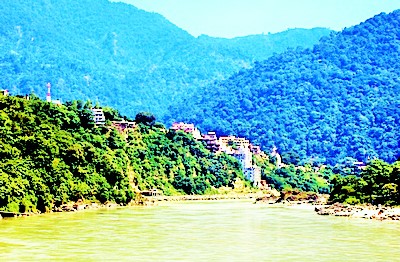
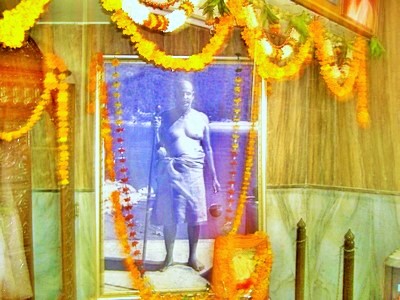
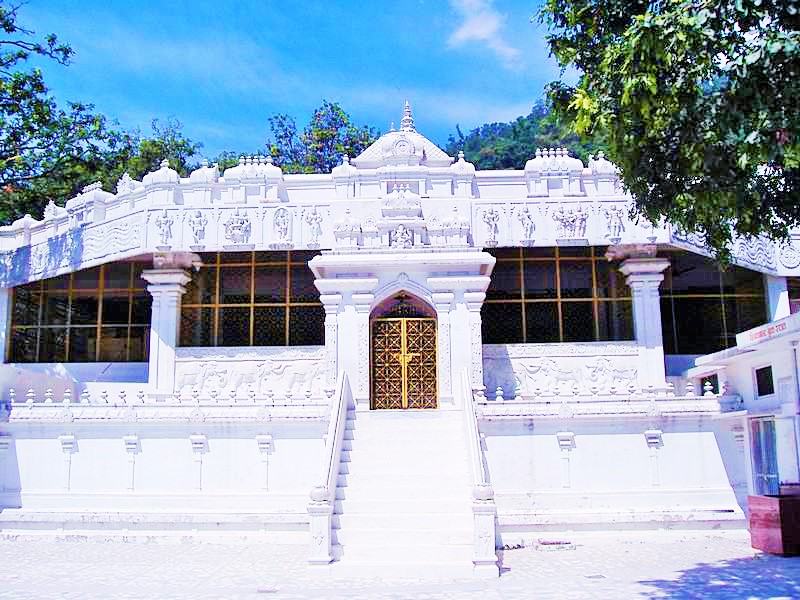
I took this particular adventure pilgrimage to India to strengthen my knowledge and practice of the yogic kriyas, and to deepen my meditation skills. I was introduced to them by yogic master Satchidananda in Marina Del Rey, LA in 2002 and I have being practicing reasonably diligently ever since. I feel they are a great compliment to the normal pursuits of one's life, improving vitality, mental focus and clarity and helping to shield one from the nominal vicissitudes of life by enabling to be non-attached and identified with the fluctuations in consciousness.
After a brief stop-over in New Delhi, my first port of call was Rishikesh, which is a quaint town on the Ganges and the Gateway to the Himalayas. The beatles were here in 1968, the year I was born to meet to have darshan with Maharashi Mahesh Yogi, the founder of Transcendental Meditation (TM). My key interest in the town was its strong association with Swami Sivananda, one of the most joyful, positive and Enlightened Masters to come on this plane in recent centuries. His teachings are very practical and inspiring. It was great also to go swimming pre sunrise in the Ganges.



(1) View of Ganges and the town of Rishikesh (2) Sivananda Saraswati (3) Sivananda's Ashram
In the town of Rishikesh, there are many Sadhus and Renunciates. Here are two that I met up with. The old man on the rock had stayed up all night meditating by the Ganges and I caught him just before dawn. There is also a Sadhu that lives fulltime inside the hole in the rock you see. I witnessed him getting feed two pieces of bread through the whole. On the right is a sadhu, whom I call the teddybear guru, because it is hard to take him seriously when he has a teddybear right next to him. He also has a small child running around half naked nearby. He is an example of a renunciate that lives next to main roads and thoroughfares and does offerings to receive some rupees to live off and feed his child.
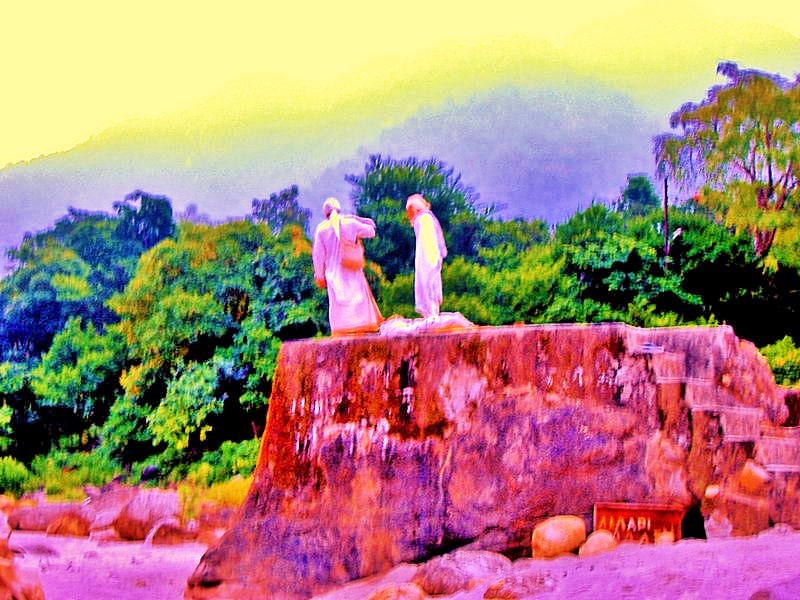
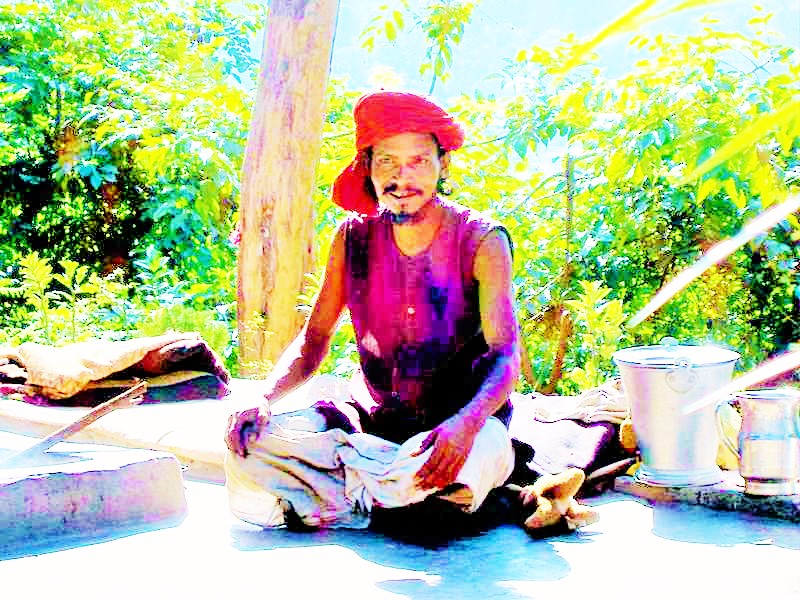
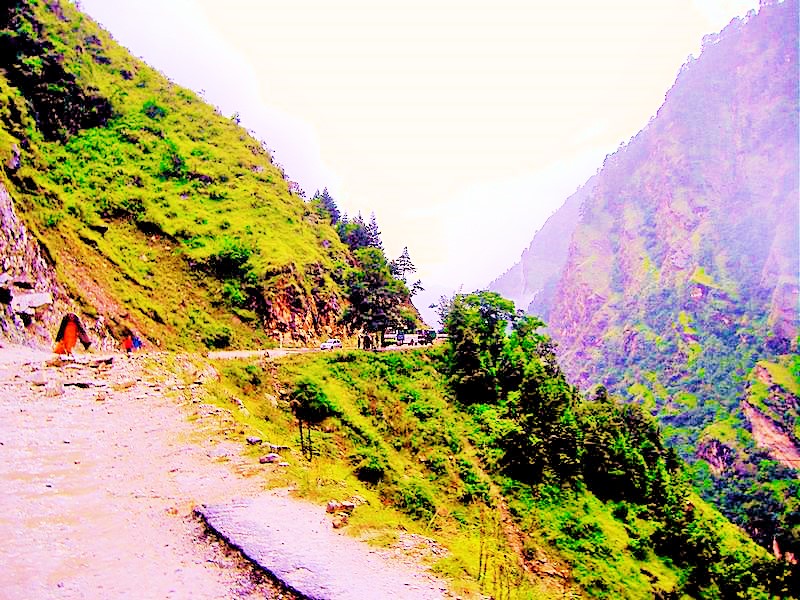
(1) A Sadhu on the Rocks Please (2) Teddy Bear Guru (3) Abandoning the Bus
The trip I took to the town of the town of Joshimath, high in the Himalayas was frought with numerous rockslides and Heavy (Monsoon type) rains. In fact, the rockslides got so bad that I had to abandon the Bus and most of my belongings. At one stage, I saw a massive boulder go by in front of the bus ahead and topple right down the edge of the mountain. It could have easily knocked the bus over too. We had to run through certain patches to avoid being hit by falling rocks.
Joshimath, itself is a town long associated with Jagadguru Sri Adi Sankaracharya. He is one of the greatest exponents of Advaita Vedanta and writer of the Brahma Sutras. This is a non-Dualistic teaching that the world is unreal and that the Self (Brahman) alone is real. He also teaches the understanding that Brahman alone is the Seer and the silent witness of all, which one knows first-hand, once they abide in the Turiya state of Consciousness. Which is the state of Consciousness, existing beyond the dream and yet witnessing of the dream. Since, I am a non-dualist myself, (a redundancy in a sense imposed through language limitations because true non-dualism realizes there is no individual self just the Self of Brahman), I was deeply grateful to visit and meditate in one of the caves where he wrote the Brahma Sutras and to see the mulberry tree nearby, that has been here since his time on this plane.
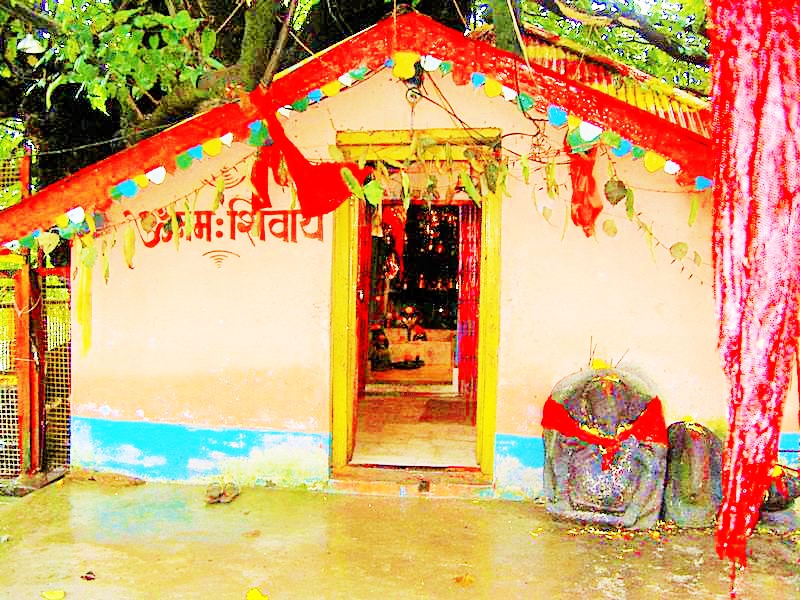
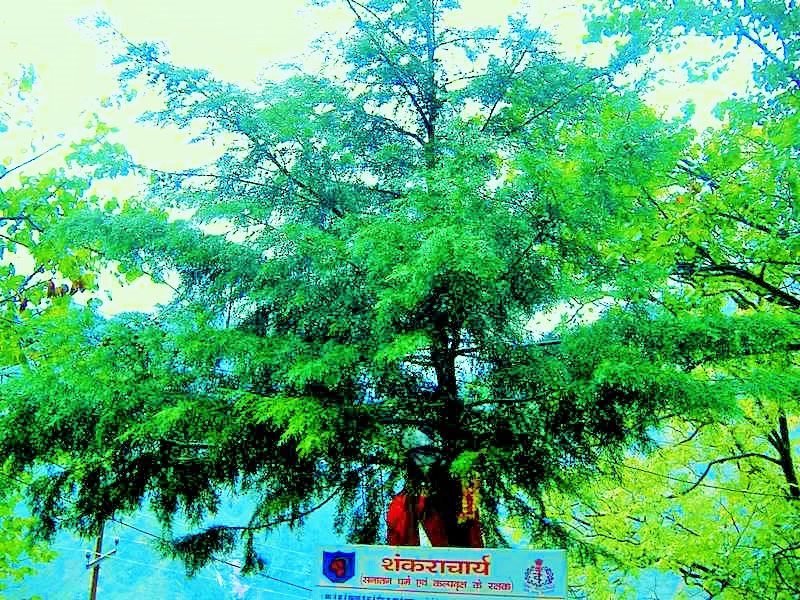
(1) SankaraAcharya Ashram (2) Mulberry Tree at Ashram
Next stop was the town of Govindghat, for the somewhat scenic but rough workout to the town of Ghangaria and onwards to the Valley of Flowers. The Chinese style to the buildings in Govindghat is clear as is the music one hears in this area. It is close to the India/Tibet border. There are alot of hawkers, trying to sell you blankets and just will not give up. It is painful, especially when you have already bought a blanket. If I knew, how cold it would be up in Ghangaria and that the generator there turns off at 10pm, pretty much blacking out the town, I would of bought another one. The valley of flowers itself is high in the Himalayas, ~12000 feet and has numerous species of flowers not found anywhere else in the world. Legend has it that Hanumanji, the monkey God written about in the Ramayana came here to collect the Sanjeevani herb to revive Lord Rama. Close by Hemkund Sahib, a holy place of pilgrimage for the Sikhs and associated with Guru Nanak. They were very friendly to me and are intelligent and connected with life. So different from many folk that I meet here in America, that are so caught up in themselves, living in futuristic states and 'Much Ado about Nothing'.
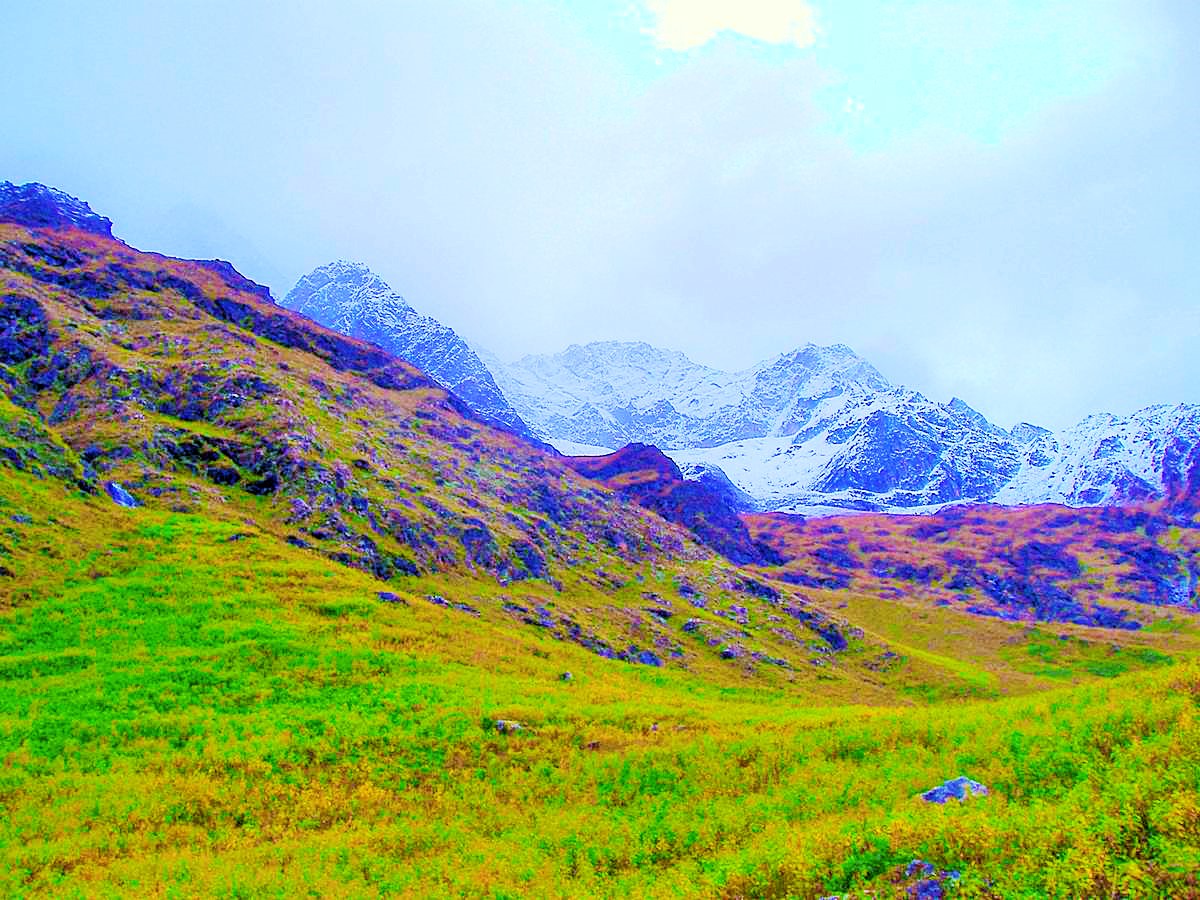
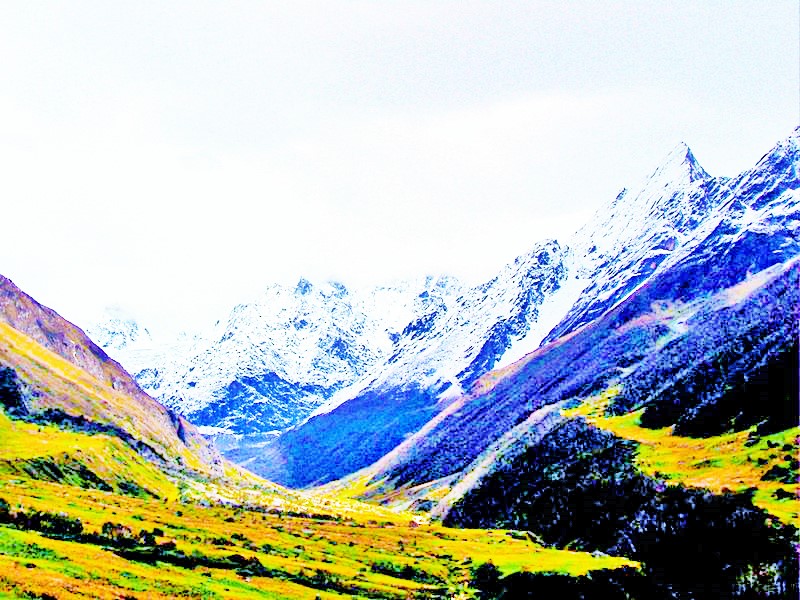
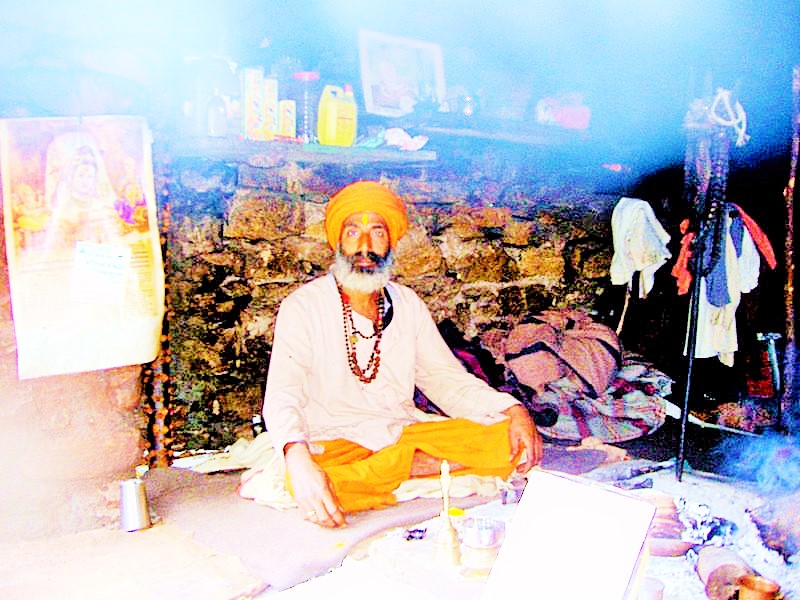
(1) The Valley of Flowers (2) The Valley of Flowers (Another View) (3) Darshan with a Sadhu on the Way
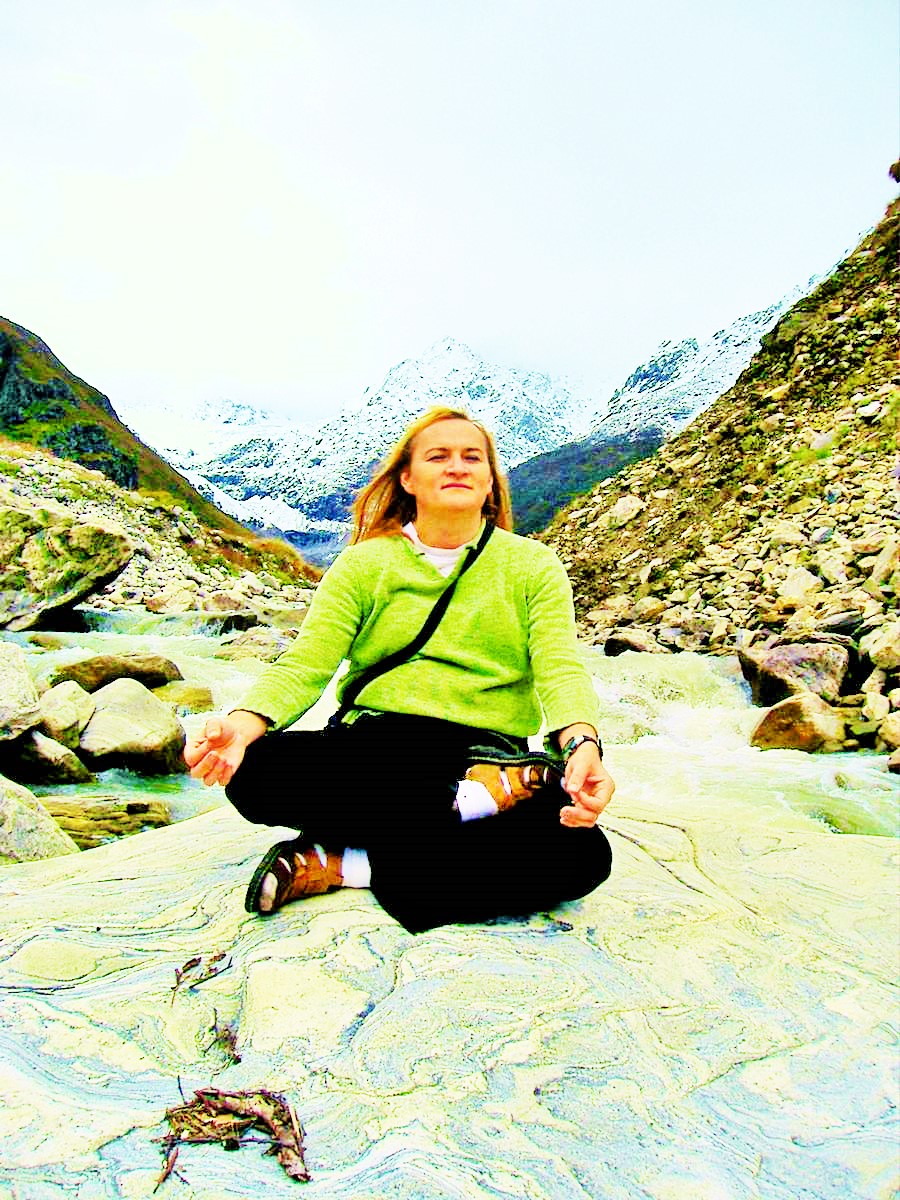
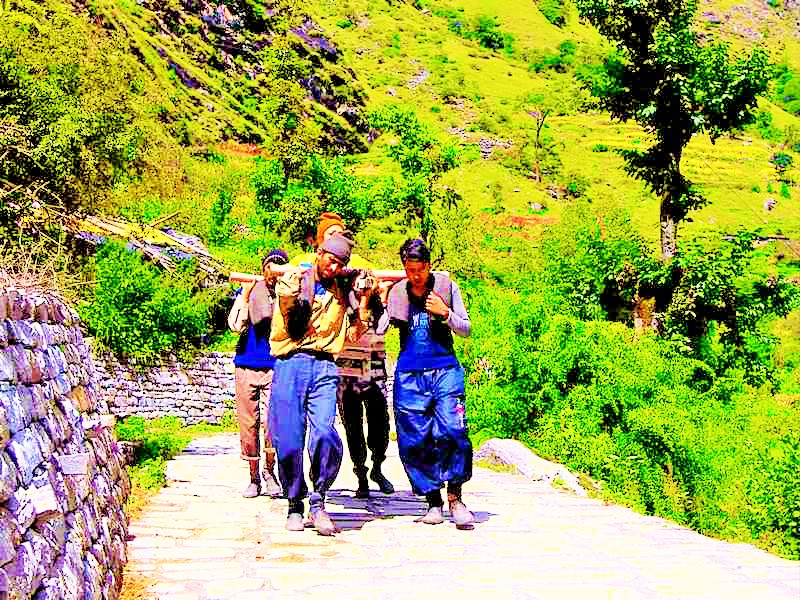
(1) Relaxing in the Valley of Flowers (2) Stretcher Bearers for a Weary Traveler
It is to the town of Badrinath, high in the Himalayas that the immortal master Babaji, referred to in "Autobiography of a Yogi" went for 18 months of intense tapas. There he divinised his body making it immortal and mastered the yogic Siddhis becoming impermeable to the ravages of disease and death. He also became a master of Kriya Kundalini Pranayama. This was in the second century AD and he has appeared many times since down the ages as a youth of sixteen years of age. He initated Adi Sankaraachary in the ninth century and most recently Lahiri Mahasaya, V.T. Neelakantan and S.A.A. Ramaiah. He is available to all who make meditative contact through the heart.
The town of Badrinath itself is a majestic and powerful experience, especially in the early morning with the early sunlight hitting the tops of the Himalayas and the quaint stores all lit up. Badrinath temple itself is dedicated to Lord Vishnu. It is an excellent place to meditate. Legend has it that he came here disguised as a young boy tricking Lord Shiva and Parvati, forcing them to move on to Kedarnath.Nearby is the hot sulphurous springs of Tapt Kund, associated with many healing properties.
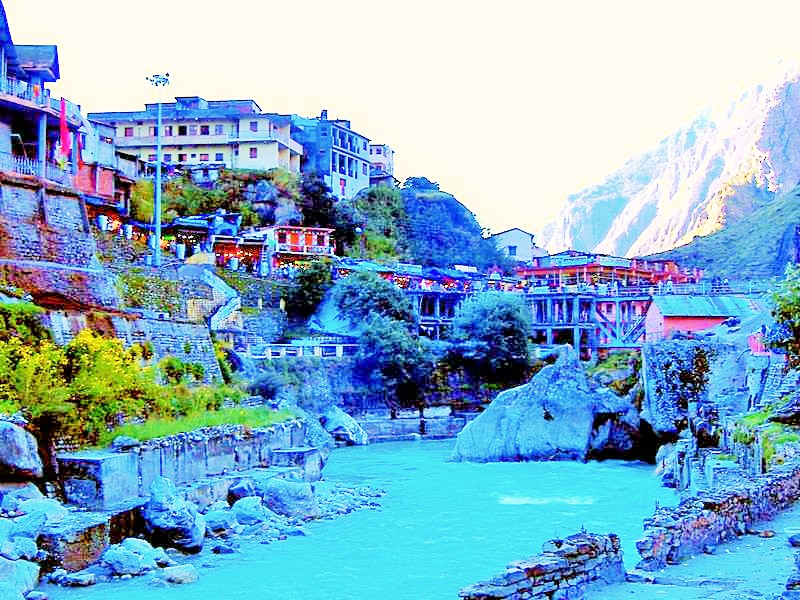
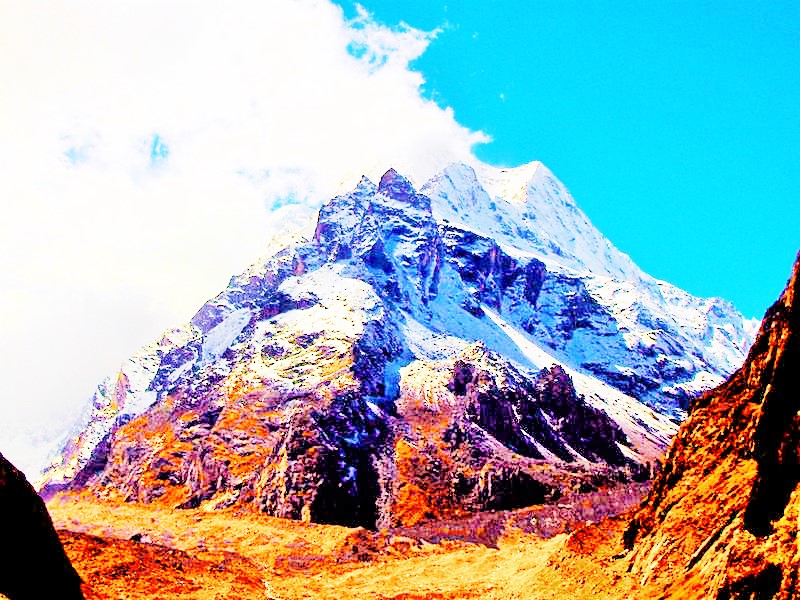
(1) Badrinath in the Early Morning (2) Chaukamba
Chaukamba is 23418 ft high and the highest peak in the Garhwal Himalaya and has a powerful impact on as you close in on it. The trek to Vasudhara waterfalls is like taking a trek between the physical and astral worlds as the hard boundaries between man and God are easily dissolved. Legend has hit that the legendary Pandavas took this route at the end of their life on their journey to the other world. This is the most beautiful scenery that I have ever experienced in India and I enjoyed playing my mp3 recordings of Peruvian music, I picked up in the Andes earlier this year while doing this trek.
Mana is the last stop en route to Tibet, which exists just over the mountain. And, the villagers there have a distinctively Tibetan look to them. I was amazed at the simplicity and timelessness of their life, as they carry straw and animals from one side of the Alaknanda to the other all day. They also seem to have great strength and endurance and old ladies maybe seventy or eighty years old carrying large bundles of straw up the mountain. It is a total different world than the one that I grew up and experienced in with four computer screens staring in my face and abstract computer models and simulation data. They were very willing to have their pictures taken but see it probably as a redundant, typical western preoccupation of those who have not had to endure the real hardships of life. They enjoy what is in the moment and do not feel the need to look elsewhere. Nearby is Sage Vyasu's cave, writer of the famous Mahabharata epic of over 74,000 verses. It was great to do some meditation also in this cave. Close by is the legendary underground Sarasvati river mentioned in the Rigveda.
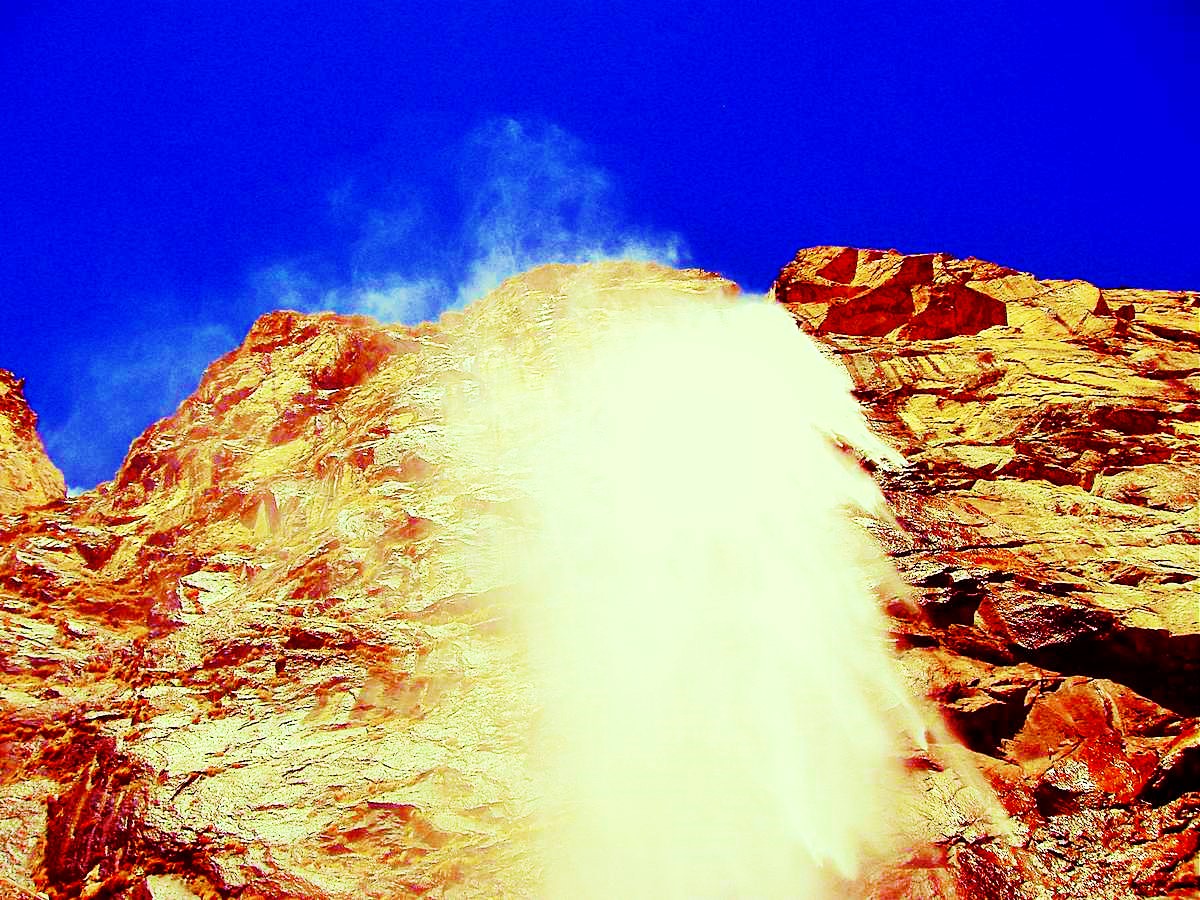
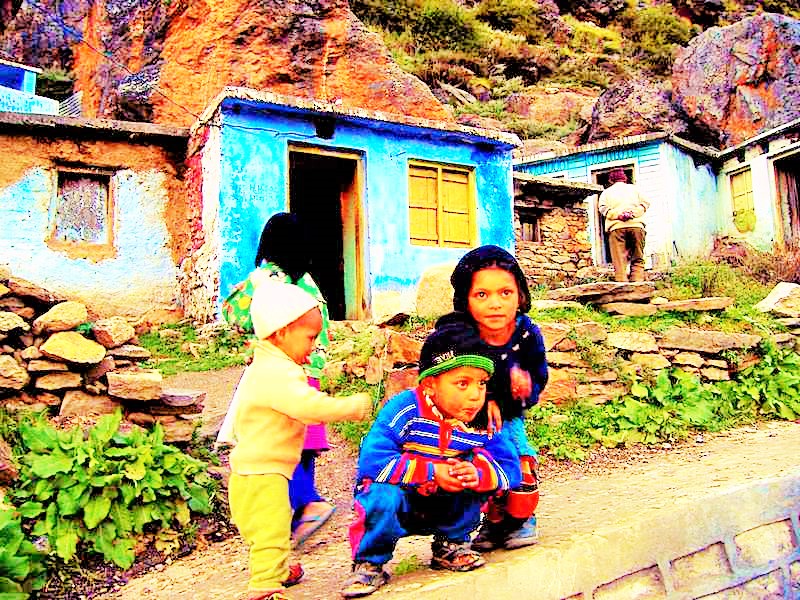
(1) Vasudhara Waterfalls (2) Kids in Mana Vallage
After arriving in Ranikhet, we made the trip to meditate in Babaji's cave, located about three hours drive and an hours trek away. It was in this cave that Babaji initiated Lahiri Mahasaya into Kriya yoga. Afterwards Lahiri Mahasaya became infamous through indo having accomplished the yogic Siddhis and being capable of bilocation etc. Got to meditate in this cave, but it was almost dark by the time I got there and there was a significant time constraint to get down before darkness, which I simply did not achieve. Being in sandles made it much more difficult. These kids below were very nice on the way up and the way down and delighted to meet with us and hopefully get some sweets.
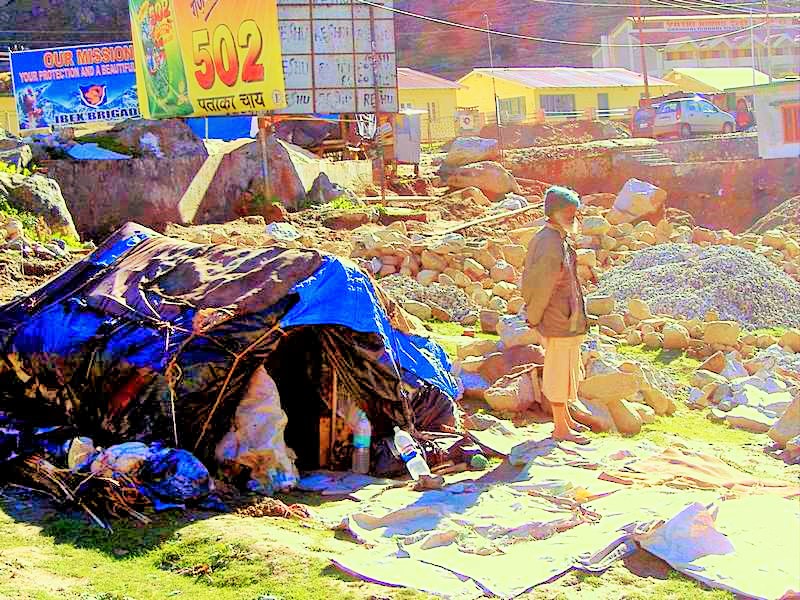
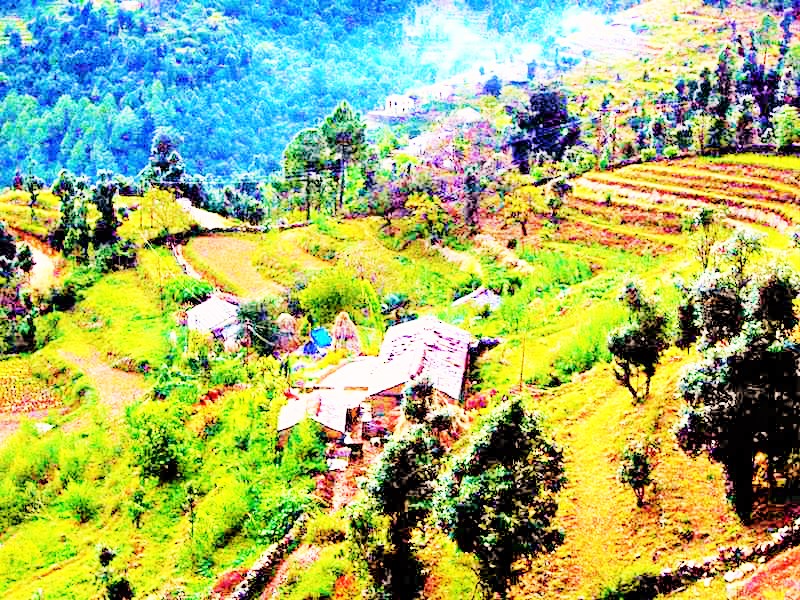
.jpg)
(1) Real Estate Owner Assesses Situation (2) Near Babaji's Cave (3) Friendly Kids
The view of the Himalayas from Ranikhet can also be very inspiring. The lush landscapes with deer, many forrests and varied agriculture add an interesting and refreshing compliment to this part of India. On the way there, I went to visit Neem Karoli Baba's Ashram. He is a yogi associated with many miraculous happenings, many of which are described in the book "Miracles of Love". Many of the past presidents of India came to have Darshan with him. It is said that being in his presence, the miraculous seemed commonplace and the commonplace seemed miraculous. He was the guru of Swami Ramdas and Swami Hari Dass among many others. Being in this ashram was like entering a timewarp, time stands still and you enter the gates of a new and timeless construct of reality and so meditation was easy.
The yogic Siddha in the picture is a Sikh. I met him in Delhi and he amazed me by some of his displays of magic or Siddhas. Like the works of Chris Angel, it is sometimes difficult to differentiate between the two. I was for a coke when he interested by his excellend intuition and perception of many aspects of my life, which there was no way for him to have known. Then he would give me a blank piece of paper and ask me to pick a number say between 25 and 36. I would then open the blank piece of paper to see the number I had spoken written on it. Then he gave me another blank piece of paper that I folded up and put in the pocket. He asked me for the name of my career, boyfriend and mother's surname and wrote them down on a piece of paper he had. Then he asked me to take the blank piece of paper out of my pocket and compare and the answers were exact on each.
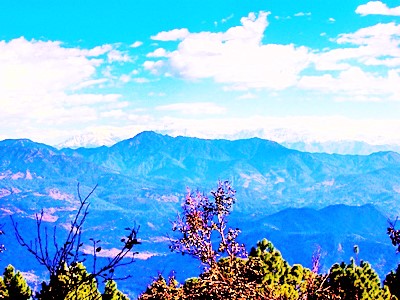
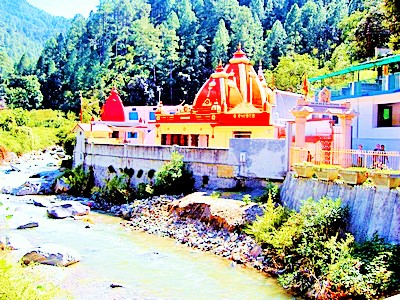
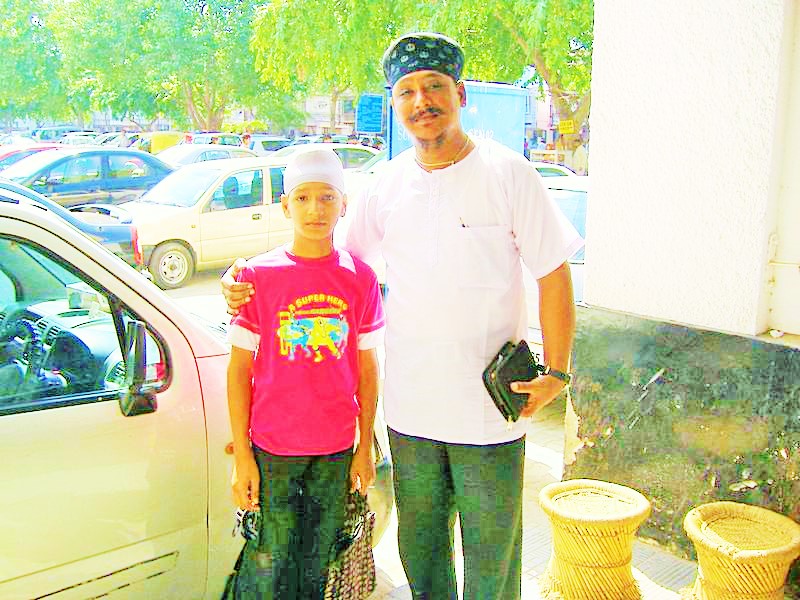
(1) Ranikhet (2) Neem Karoli Baba Ashram (3) Sikh Yogi and Siddha
Key tips for traveling to India. Be careful to only drink bottled water and no ice or roadside freshly made lemonades - also make sure to make sure the cap makes a snapping sound when you open it, as some folk in Delhi fill empty bottles that they pick up the street with regular tap water and sell them for 25 to 30 Rupees to make money. Make sure the bottle is not filled to the top or the label comes off easily, which is another sign of this. Don't eat out of roadside stands as the health and storage codes in India are pretty much non-existent. Many people got sick while I was there from doing just this. Bring hand sanitizers and your own toilet rolls. One positive aspect about India, is that is real easy to any medications you need easily without prescription. Also don't be mean, give money to some of the poor there. There are many people, who really are starving and in a poor state of nutrition that could use a few rupees. Just make sure you organize your notes and coins into the denominations that you want to give before you hit the street. Be careful of your life, not just from rockslides and food, water and mysterious illnesses but also from traffic. In Delhi alone, over 88 folk have lost their lives through being hit by the Blue Line bus already this year.